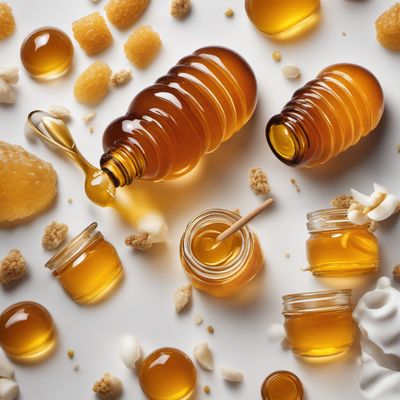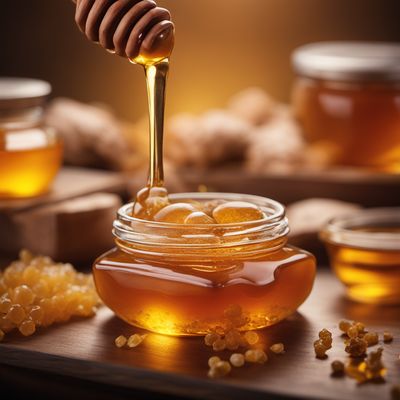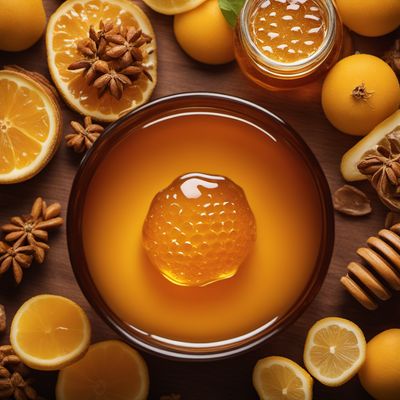
Ingredient
Honey
Nature's Sweet Nectar: Unveiling the Golden Elixir
Honey is a viscous liquid with a golden hue, varying in color and flavor depending on the floral source. It possesses a distinct floral aroma, a rich and sweet taste, and a smooth, syrupy texture that adds depth and complexity to both sweet and savory dishes.
Origins and history
The origins of honey can be traced back to ancient civilizations, where it was highly valued for its medicinal properties and used as a sweetener in various cuisines. Honey has cultural significance in many societies and continues to be an essential ingredient in traditional recipes and remedies.
Nutritional information
Honey is a natural source of carbohydrates, providing energy and essential nutrients. It contains antioxidants, enzymes, and trace amounts of vitamins and minerals. However, it should be consumed in moderation due to its high sugar content.
Allergens
May cause allergic reactions in individuals with pollen allergies or bee-related allergies.
How to select
When selecting honey, opt for raw and unfiltered varieties to ensure maximum nutritional benefits. Look for honey that is clear, free from crystallization, and has a pleasant aroma. Consider choosing local or organic honey to support sustainable beekeeping practices.
Storage recommendations
Store honey in a cool, dry place away from direct sunlight. Avoid refrigeration, as it can cause crystallization. Use airtight containers to prevent moisture absorption and maintain its quality for an extended period.
How to produce
Honey production requires specialized beekeeping knowledge and equipment. Amateur beekeepers can learn the art of beekeeping and produce their own honey by setting up beehives and providing a suitable environment for bees to thrive.
Preparation tips
Honey can be used as a natural sweetener in beverages, baked goods, dressings, and marinades. It can also be drizzled over yogurt, fruits, or cheese for added sweetness and flavor. Additionally, honey is a popular ingredient in traditional remedies, skincare products, and herbal infusions.
Substitutions
Maple syrup, agave nectar, or molasses can be used as substitutes for honey in recipes. However, the flavor profile may differ slightly.
Culinary uses
Honey is widely used in a variety of cuisines around the world. It is a key ingredient in desserts, pastries, sauces, and glazes. It is also used in beverages like tea and cocktails, adding a touch of natural sweetness.
Availability
Commonly available worldwide.
More ingredients from this category
Recipes using Honey » Browse all
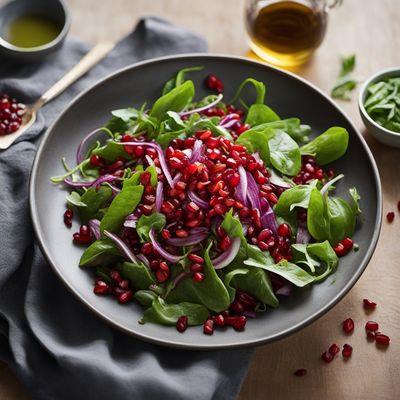
Grilled Vegetable Salad with Pomegranate Dressing
Sizzling Summer Delight: Grilled Vegetable Salad with a Tangy Pomegranate Dressing

Roasted Beetroot Salad with Citrus Dressing
Vibrant Citrus Beetroot Salad: A Modern Twist on Greek Pantzarosalata

Lao Crispy Seaweed Rolls
Crispy Delights from the Lao Kitchen

Smoked Eel with Mustard Sauce
Savory Delight: Smoky Eel with Tangy Mustard Sauce

Singaporean-style Spicy Skewers
Fiery Skewers of Singaporean Delight
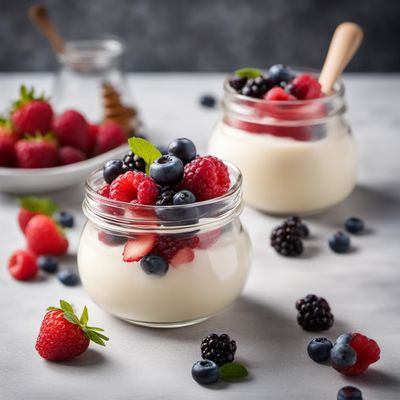
Yogurtlitava with Honey and Berries
Creamy Delight: Yogurtlitava Infused with Sweet Honey and Fresh Berries

Bosnian Florentines
Bosnian Delight: Nutty Florentines with a Bosnian Twist

African-inspired Chien Chang Go
Savory African Rice Cakes with Spicy Peanut Sauce

Ethiopian Almond Cookies
Abyssinian Delights: Ethiopian Almond Cookies
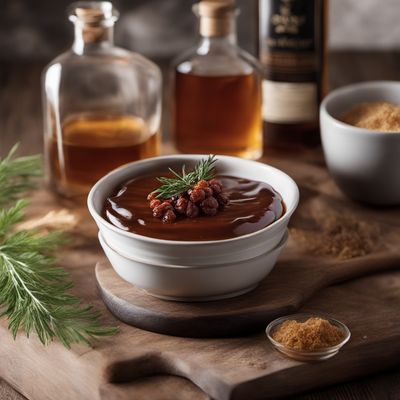
Scottish-inspired Seele with Whisky Glaze
Whisky-Glazed Scottish Seele: A Traditional Twist on German Delicacy
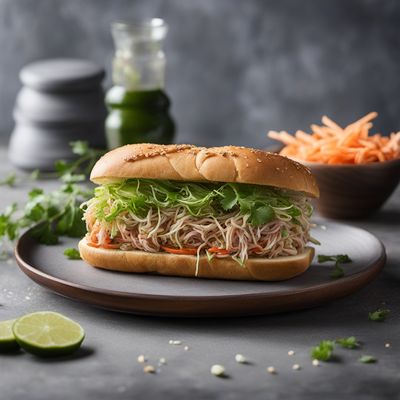
Asian-inspired Herring Sandwich
Savory Asian Fusion: Herring Delight
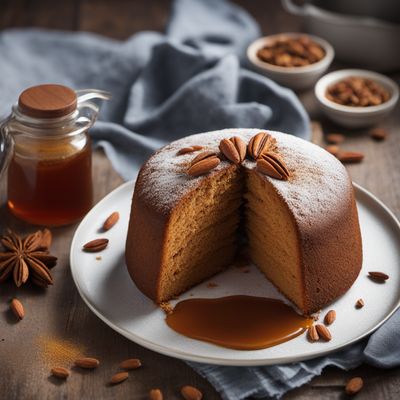
Panamanian Spiced Honey Cake
Exotic Delight: Panamanian Spiced Honey Cake
